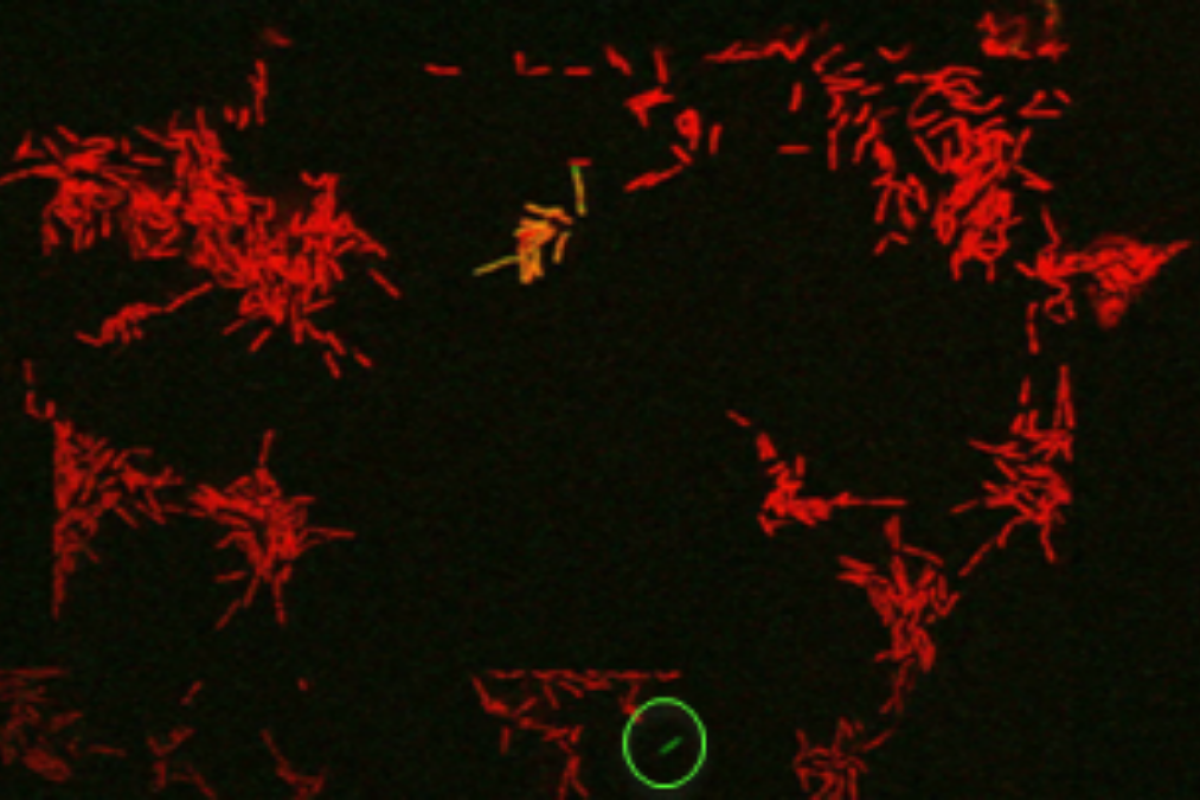Bacteria have a frustrating ability to return after an infection is cleared out. That’s largely thanks to small “persister” populations that are able to hide from the drugs, seeding a new colony in the aftermath. Now, scientists at the University of Surrey have identified genetic mutations that turn some bugs into persisters by making them “forgetful.”
In some ways, infections are a numbers game – get enough of a certain type of bug in one place, even if they’re beneficial in smaller amounts, and they can trigger health problems. Antibiotics will wipe out most of them, but it’s hard to completely clear them out. A few will survive the onslaught, however by that point their numbers are usually too small to do harm.
Previous research has shown that to survive a round of antibiotics, bacteria will enter a kind of hibernation. This slows their growth, but lets them wait out the drugs and then rebuild their population when the coast is clear once again. That not only leads to persistent infections, but can contribute to anti-microbial resistance (AMR), an emerging threat to public health.
In the new study, the researchers found a possible genetic explanation for how bacteria become persisters. Examining E. coli, the team identified mutations in a gene called ydcl which created more persister cells than usual. Strange as it sounds, the researchers say that these bacteria “forget” how to grow.
“What we have found is that persister cells have experienced ‘memory loss’ and forget to grow as they should,” says Suzie Hingley-Wilson, first author of the study. “This ‘forgetfulness’ means that they become small, slow and difficult to treat with antibiotics. Persisters are often responsible for reoccurrence of bacterial disease following antibiotic treatment and are a reservoir of further AMR development.”
The researchers say that having a deeper understanding of persister bacteria could help us develop new potential treatments against antibiotic-resistant superbugs. And that’s important – some studies suggest that if the problem is left unchecked, superbugs could kill up to 10 million people per year by 2050.
“There is an urgent need within the science community to learn as much as we can about AMR and develop techniques to tackle it,” says Johnjoe McFadden, corresponding author of the study. “Our findings on persister cells and the identification of the mutations in the gene ydcI in E.coli bacteria are a huge step forward in the fight against AMR and give us a greater understanding of how persister cells operate.”
The research was published in the journal PNAS.
Source: University of Surrey




